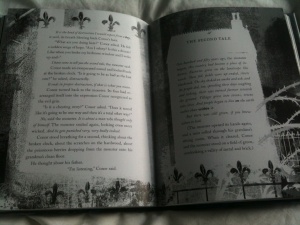The idea of Text is changing and has been for some time. The shift to digital should influence how we study text within the humanities. It is no longer the sole focus or central node of research. Text is experienced through different interfaces and placed within these interfaces by different programs. The decisions taken during the process of displaying text digitally are essentially a curation of data, what is being displayed, how is it arranged on the page, what interpretation is offered, what interface/program is used and how do we need to manipulate our text in order to fit into it?
I think this is an interesting question; do we change our text in order to create a digital representation of it? Or do we alter the programs we use to display it? Or a mixture of both?
I found the Manuscript Average fascinating. It highlighted the arrangement of text on the page and prompted questions of how this influences the way we read. I wonder how this would look if compared to a modern study? When I think about reading fiction I realise that today all of our novels are laid out in almost exactly in the same way. However, recently a small band of authors have moved to integrated text and image more closely, and of course graphic novels are experiencing a marked rise in popularity.
What does this mean for text in these cases when it enters a direct dialogue with image. How is this transformed within a digital context? Does an interface or program view it purely as an image? Or is it more?

